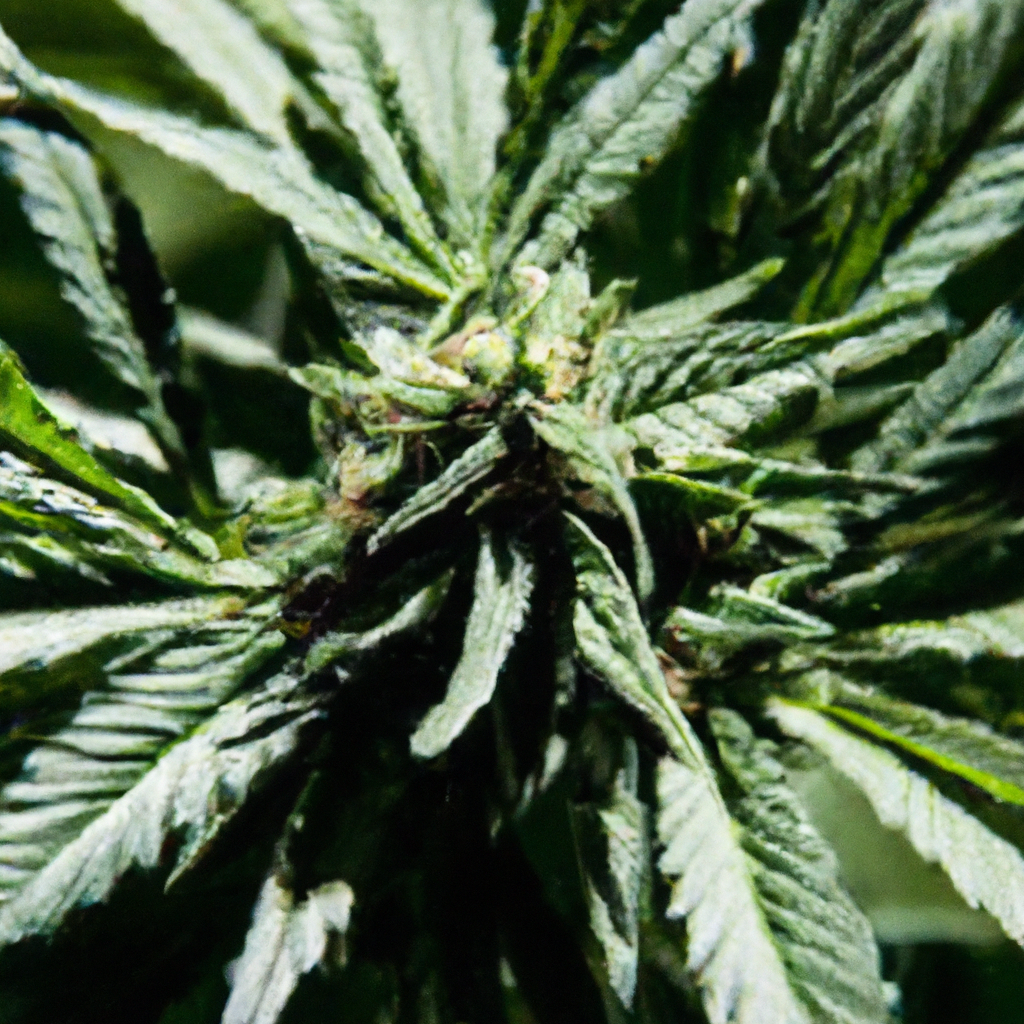Your cart is currently empty!
Growing cannabis effectively requires a delicate balance of various factors. One often overlooked aspect is stress management within the plants. Just like humans, plants can experience stress, which can significantly impact their growth and yield. In this article, we explore how to identify and manage stress in cannabis cultivation to achieve healthier plants and maximize your harvest.
1. Understanding Plant Stress
Before addressing plant stress, it’s vital to understand what it entails. Cannabis plants can experience stress from environmental conditions, mishandling, or nutritional deficiencies. Recognizing these stressors is the first step in mitigating them.
- Environmental Stress: This includes issues like extreme temperatures, improper humidity levels, and inadequate lighting.
- Nutritional Stress: Caused by nutrient imbalances, often identifiable through discolored leaves.
- Physical Stress: Factors such as incorrect pruning techniques or transplant shock fall under this category.
2. Techniques to Manage Environmental Stress
To ensure your plants thrive, it’s crucial to provide an optimal growing environment. Here are some key techniques:
- Temperature Control: Maintain a stable range between 70-85°F (20-30°C) during the day and slightly cooler at night.
- Humidity Management: Young plants prefer higher humidity (60-70%), while flowering plants do better with lower levels (40-50%).
- Light Scheduling: Mimic natural light cycles to avoid light stress. Use timers to ensure consistency.
3. Addressing Nutritional Stress with Balanced Feeding
Nutritional imbalances can lead to stress symptoms such as yellowing leaves or stunted growth. Here’s how to address these issues:
- Soil Testing: Regularly test soil to ensure nutrient levels are within the optimal range.
- Balanced Fertilization: Use a balanced NPK (nitrogen, phosphorus, potassium) fertilizer and adjust as needed based on the plant’s growth stage.
- pH Levels: Keep the soil pH between 6.0 and 7.0 for optimal nutrient absorption.
4. Minimizing Physical Stress
Physical stress can be minimized with careful handling and appropriate techniques:
- Gentle Pruning: Use sterilized tools and follow best practices to avoid damaging the plant.
- Transplanting Techniques: When moving plants to larger pots, do it carefully to minimize root disturbance.
- Low-Stress Training: This technique involves gently bending stems to promote light exposure and improve yields.
Conclusion
Managing stress effectively in cannabis cultivation ensures robust plant growth and a bountiful harvest. By understanding the various stress factors and implementing these management techniques, growers can maintain healthier plants and maximize their yields. Remember, stress management is an ongoing process that requires regular monitoring and adjustment.
Whether you’re a novice or a seasoned cultivator, mastering the art of stress management will significantly enhance your cannabis growing experience.
Tags: CannabisCultivation, StressManagement, PlantCare, EnvironmentalImpact


Leave a Reply